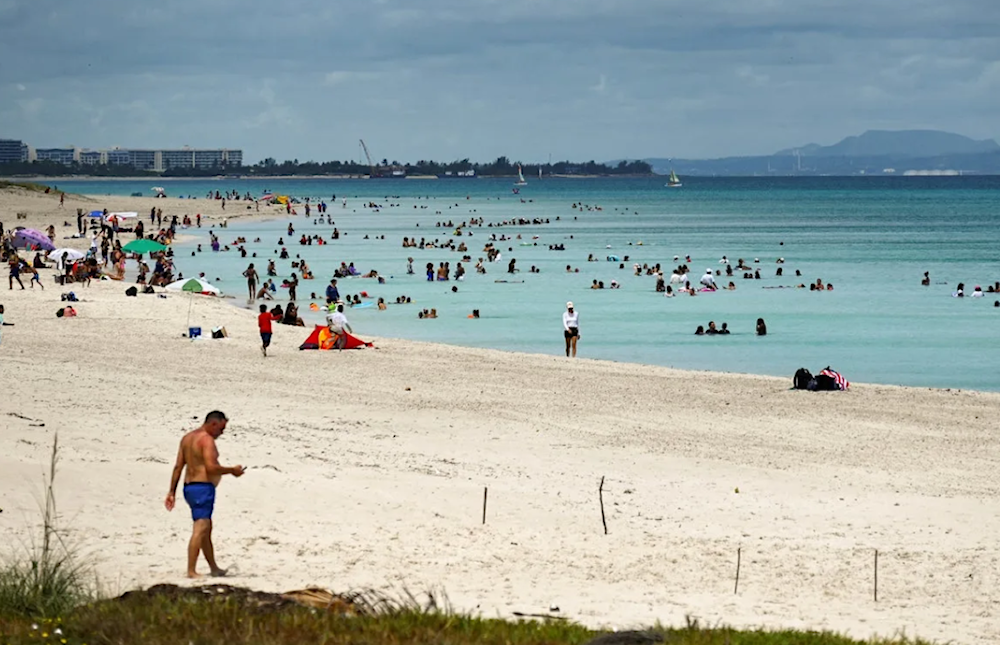Caribbean rocked by 7.6 magnitude earthquake prompting Tsunami fears
The quake hit at 6:23 p.m. local time in the center of the sea, at a depth of 10 kilometers, according to the US Geological Survey.
-

Tourists at Varadero Beach, Matanzas Province, Cuba, on June 8, 2024.(AFP)
A magnitude-7.6 earthquake struck the Caribbean Sea southwest of the Cayman Islands on Saturday as per the US Geological Survey, and some islands and nations advised inhabitants along the shoreline to move inland in case of a tsunami.
The quake hit at 6:23 p.m. local time in the center of the sea, at a depth of 10 kilometers, according to the USGS. The epicenter was 130 miles (209 kilometers) southwest of George Town in the Cayman Islands.
The US National Tsunami Warning Center issued a tsunami advisory for Puerto Rico and the US Virgin Islands, which was subsequently rescinded.
According to local media, the blaring of an alert in Puerto Rico's northwest region forced residents to abandon coastal regions and caused severe traffic.
Meanwhile, Hazard Management Cayman Islands warned inhabitants living along the coast to go inland and to higher ground, forecasting wave heights of 0.3 to 1 meter.
Puerto Rico Governor Jenniffer González Colón stated she is in communication with emergency services following the tsunami warning, but she does not suggest anyone abandon the shore.
The Dominican government also issued a tsunami warning and advised inhabitants on the shore to relocate to high regions "of more than 20 meters of altitude and 2 kilometers inland," and advised ships to steer clear or avoid entering the water over the following several hours.
The Cuban authorities urged people to abandon beachside regions and The Bahamas Department of Meteorology also issued a tsunami alert, encouraging inhabitants to remain "vigilant."
Honduran citizens were warned to keep away from beaches and authorities reported no early damage.
Later, the National Oceanic and Atmospheric Administration of the United States stated that "tsunami waves reaching 1 to 3 meters above tide level are possible along some coasts of Cuba."
"Actual amplitudes at the coast may vary from forecast amplitudes due to uncertainties in the forecast and local features," according to a report from the NOAA.

 2 Min Read
2 Min Read










